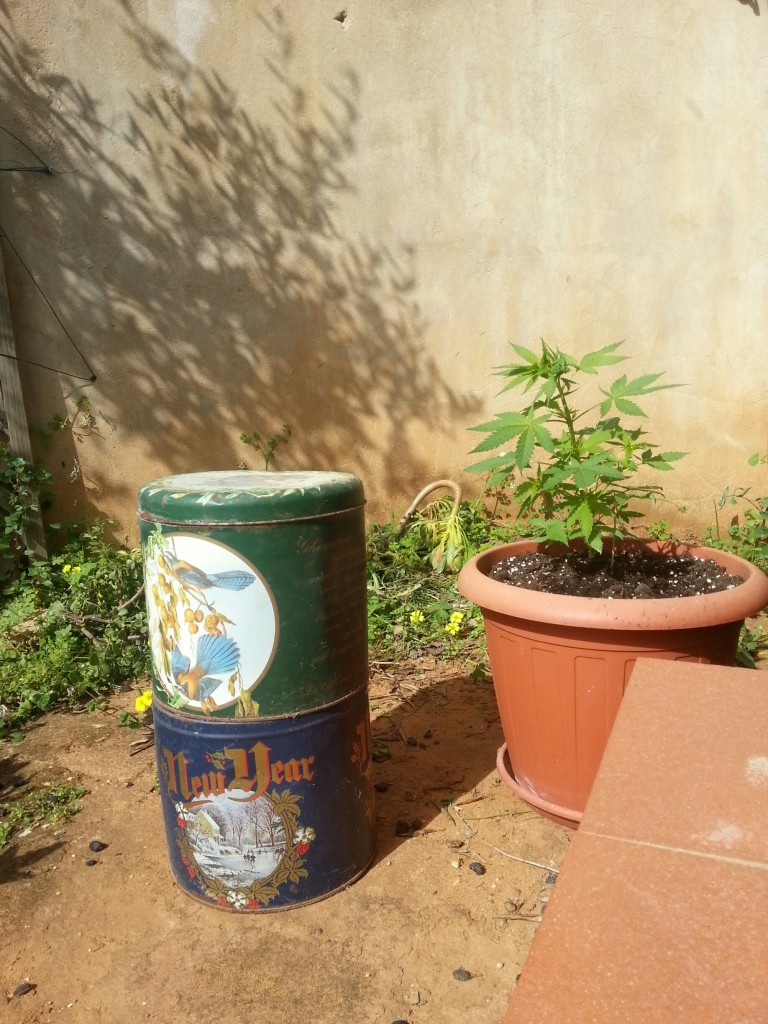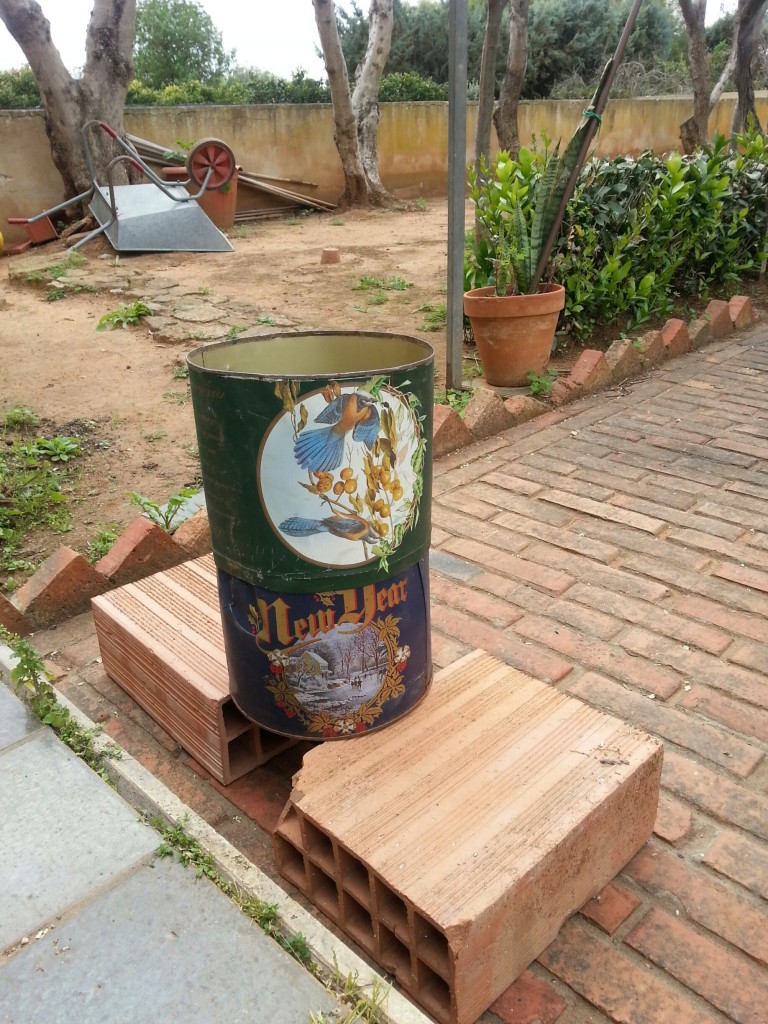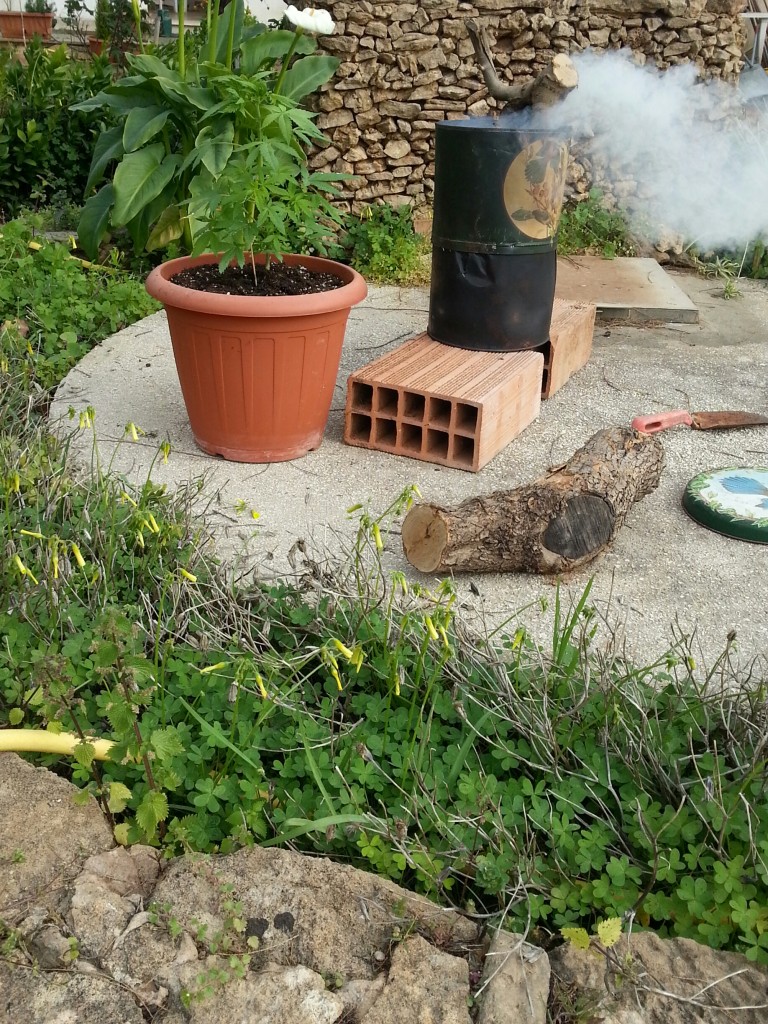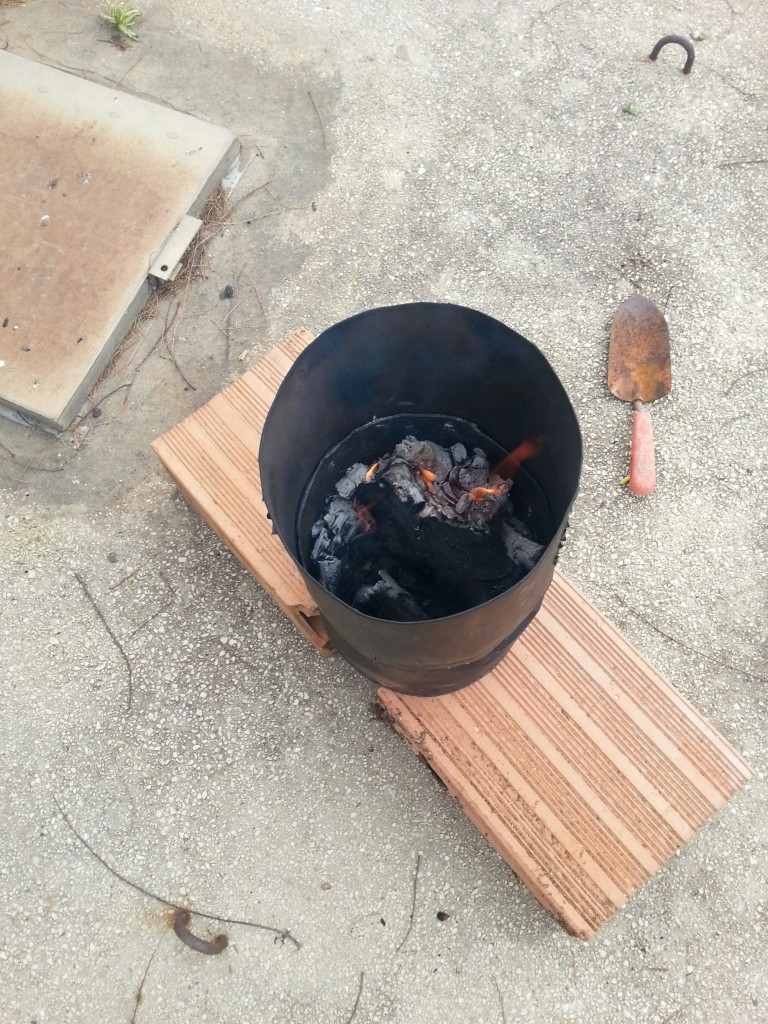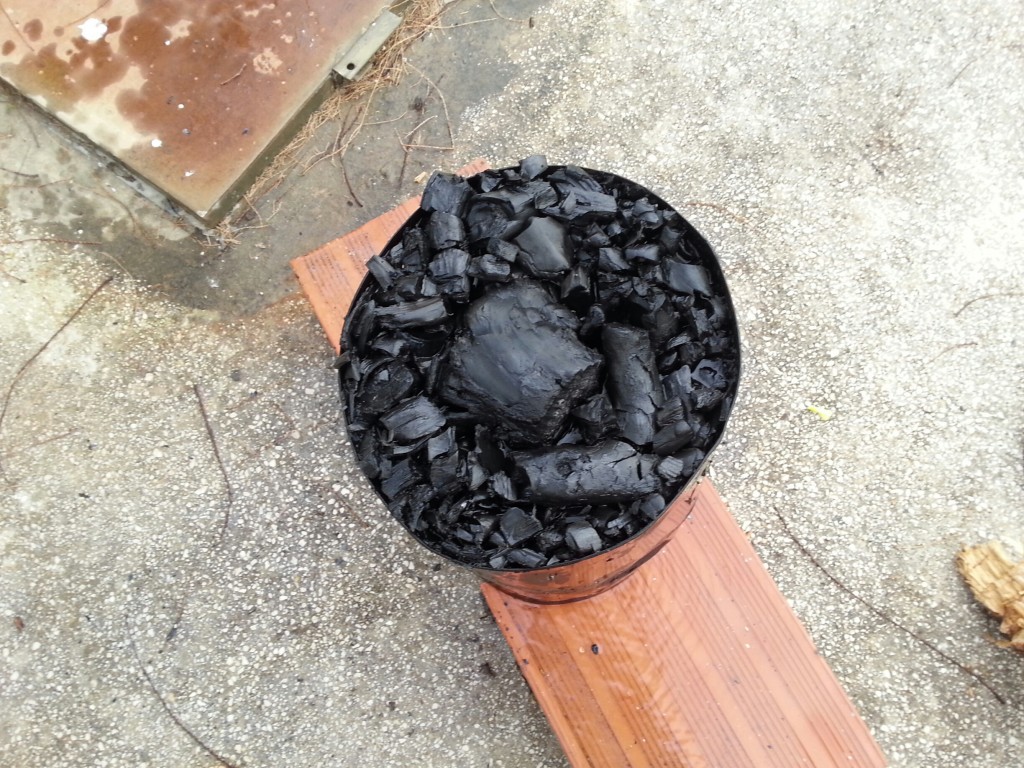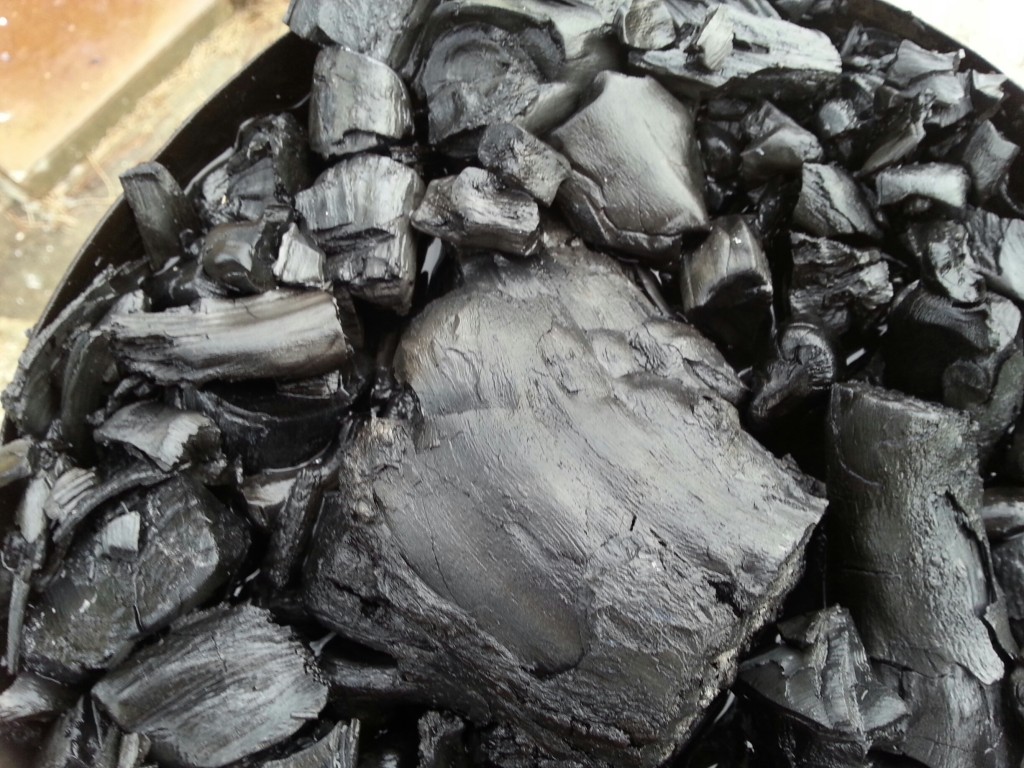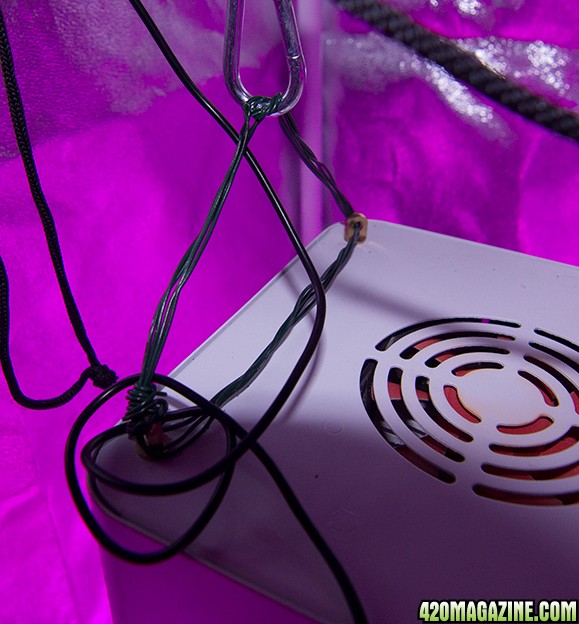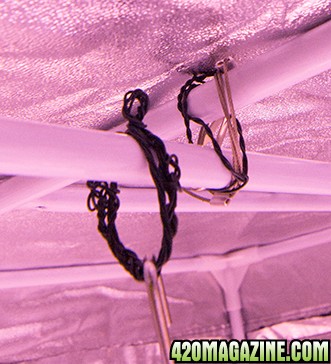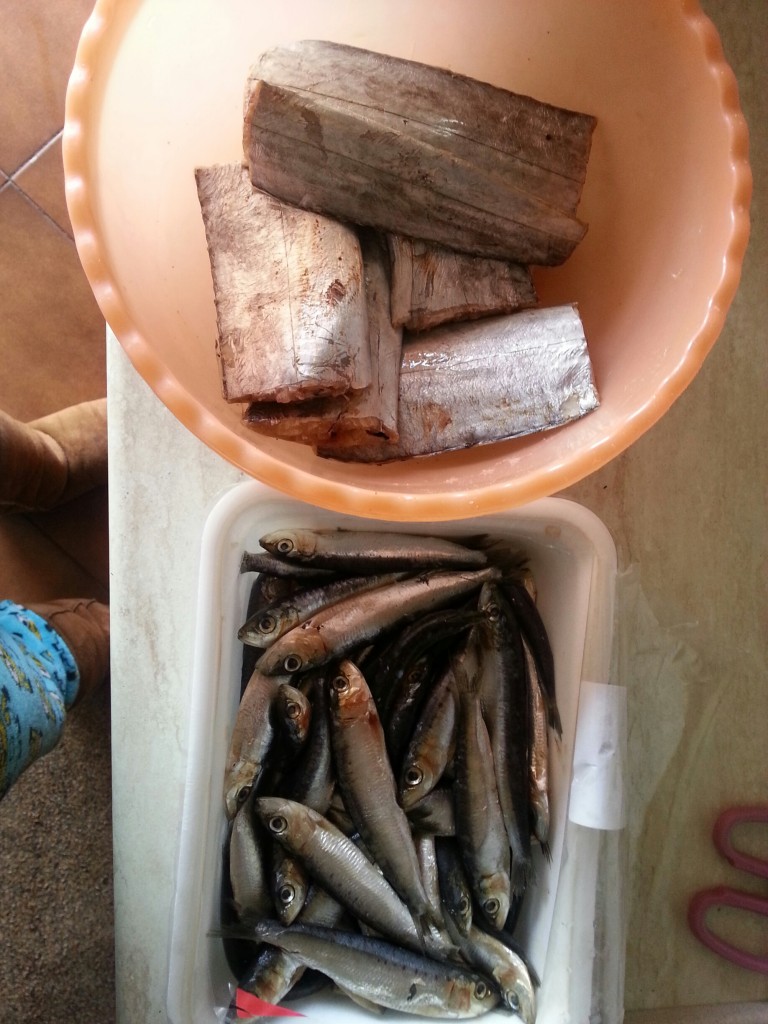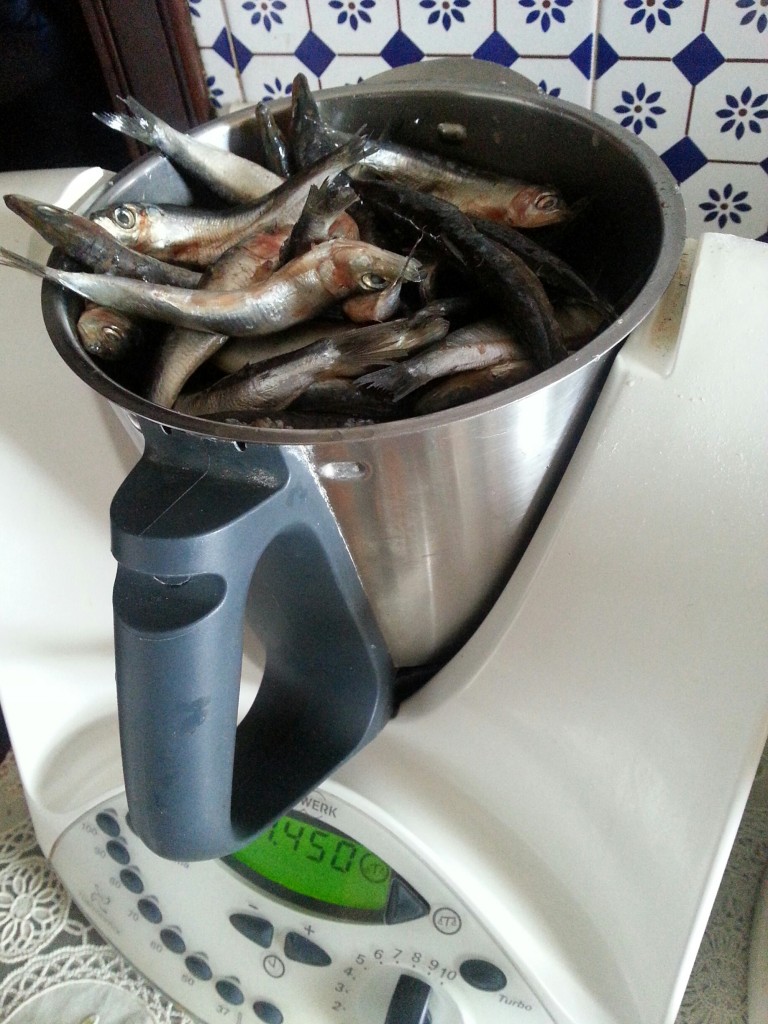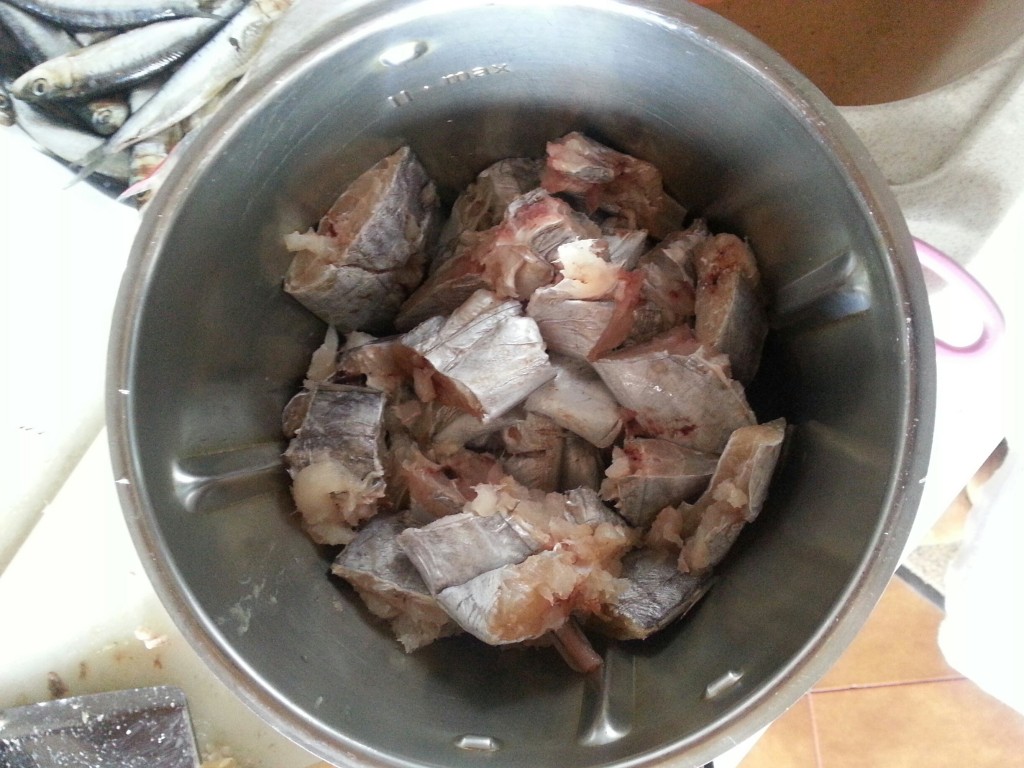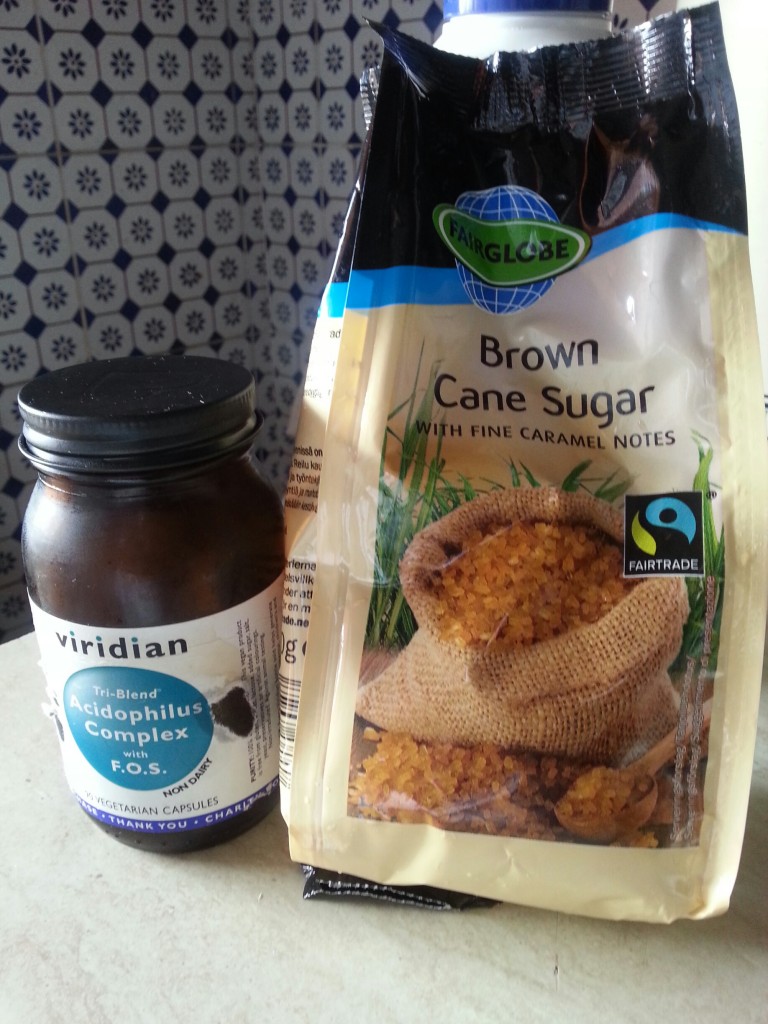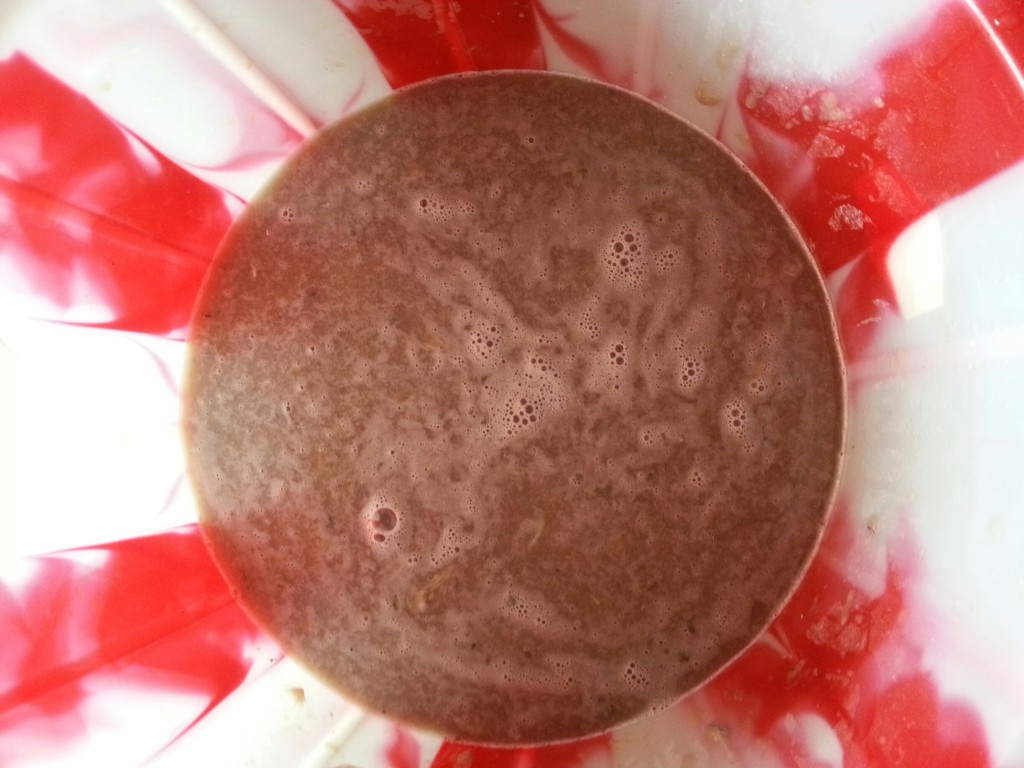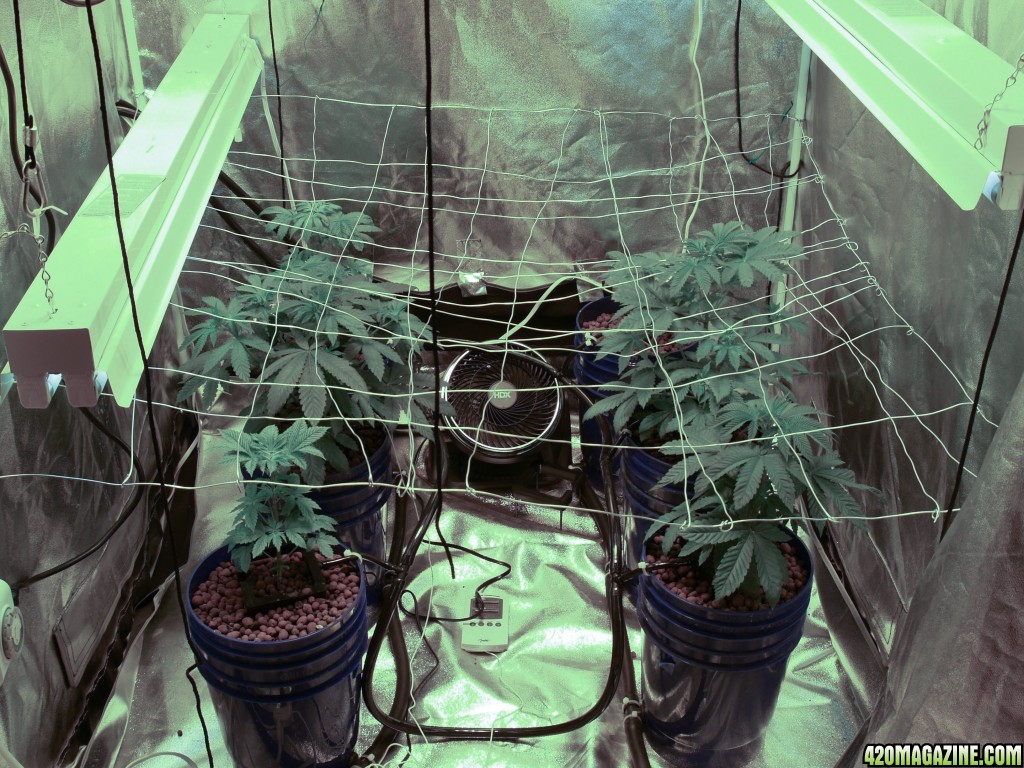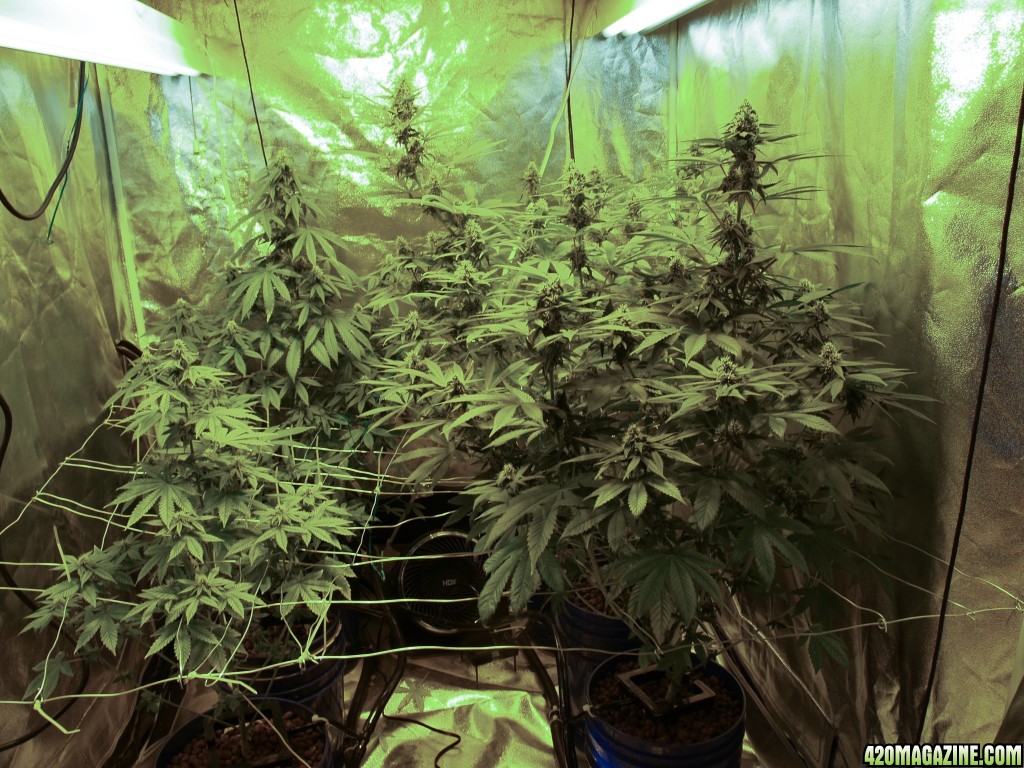Here is a video I made a couple years ago showing some ways that I found to decrease your electricity bill by doing certain things around the grow area...
Some other non electricity ways to reduce cost I also use are:
Buy nutrients in bulk, cheaper cost if you know you will be using certain nutrients for a long time. (organics can get bad after a while though so only certain nutrients you can do this with).
re-use your soil (organic, not sure if this would work for synthetic ferts). I keep a huge 100+ gallon rubbermaid container in which I dump my used soil into, re-amend and let it cook. I also compost my plant leaves into the soil and so far with this method I haven't had to purchase new soil in a couple years.
Clone your plants... If you have strain you like, clone it and grow it again and again. No need to purchase new clones/seeds every grow if you like what you already have.
Gas Lantern Routine (VEG). This is a method where you can get very good growth using only 13 hours of light (saving you 5 hours of light per day). For VEG only, you can run your lights at 12 on, 5.5 off, 1 hour on, 5.5 off and you will see growth similar to an 18/6 schedule but also cut out 5 hours of light energy per day, which over a month will save quite a bit of money.
Always consult with others that know before buying anything or purchasing anything from hydroponic stores. I've spend tons of money on "miracle products" that weren't needed. I always do my due dilligence and research now before purchsing anything to really see if its needed. Many times they will recommend things that aren't needed or that they may get more profit for selling.
DIY is always an option with growing, and if you can build it cheaper, do it

Reverse Osmosis systems vs buying bottled water is a huge cost saver. When I started growing I always bought filtered water which would amount to $5-10 per week, then I ended up spending $280 on a R/O system and have been saving money on not only water for my plants but now I fill up my own drinking water which tastes better than anything I could buy.
If purchasing equipment check 3rd party sites like CL or Ebya to see if you can buy gear used vs new. I've purchased tents, growlights, fans clones all from 3rd party used sellers and saved a ton.
Research, Research, Research.... making mistakes happens, but if you can limit the mistakes and hit things right your first time you will save money vs trial and error which can be costly.
Now lets save some Green for our Green!!!!! Hope everyone enjoyed my post.





